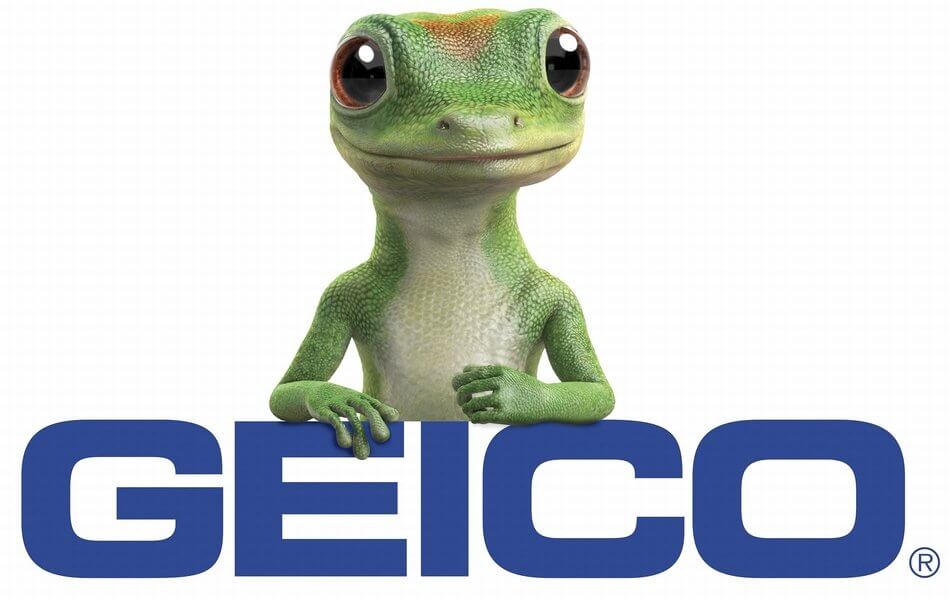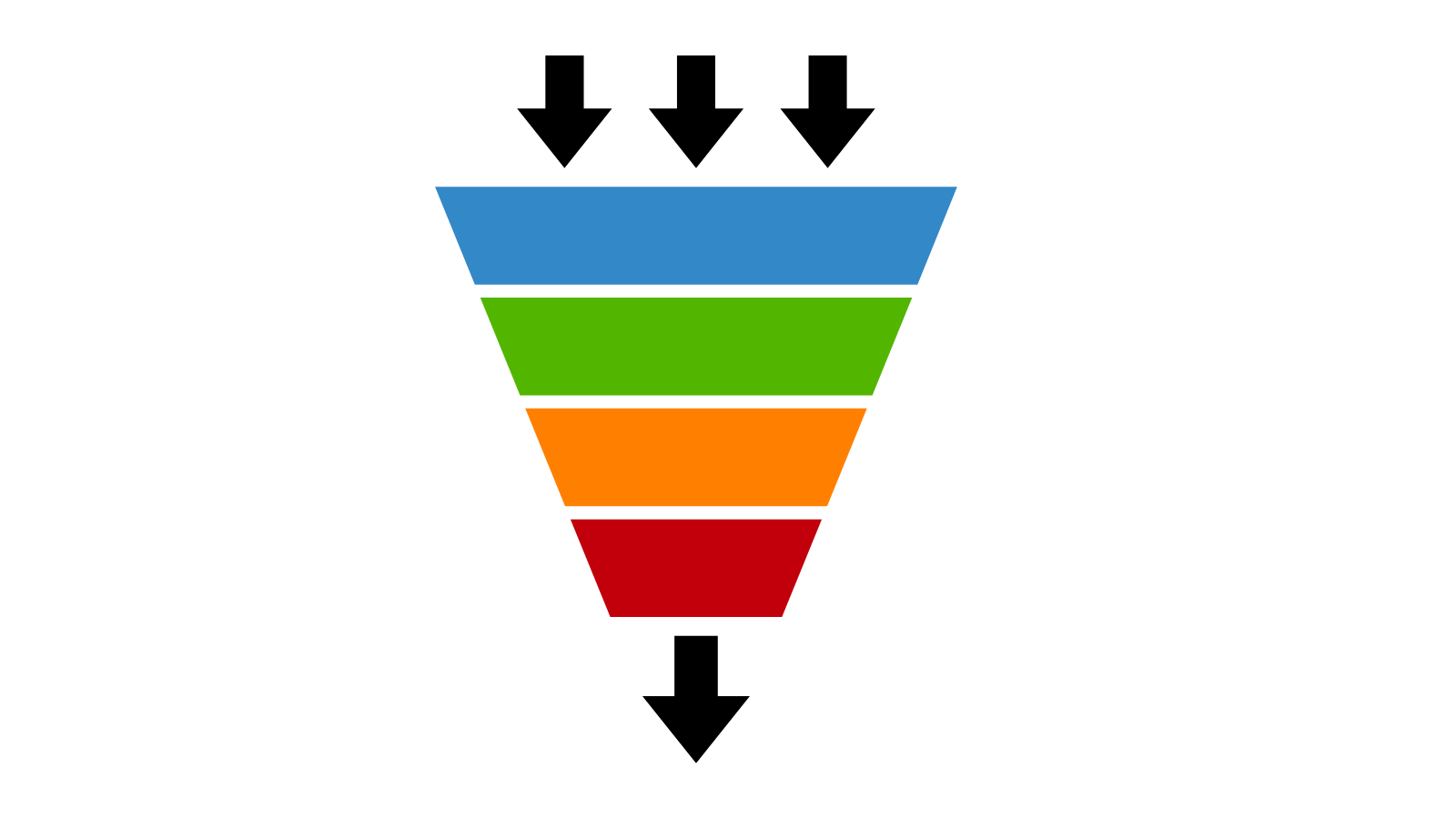What is Integrated Marketing?
Integrated marketing is a marketing approach that combines different forms of media, or channels as the marketing world calls them, to tell a story or convey an idea.
An integrated marketing campaign (IMC) might start with a TV commercial featuring a character. Then the character might appear in other channels, for example:
- Billboards
- In-store displays
- Social media posts
- Direct mail
The GEICO gecko is an example of this approach with a character. This way, the company creates a strong association between the company and the character. This association strengthens brand awareness and can lead to brand loyalty.

Effective integrated marketing campaigns also encourage consumers to share and create content on social media related to the campaign, usually with a hashtag or social media challenge. An example of incorporating social media into an IMC is the Always #LikeAGirl campaign, where the video encouraged viewers to tweet about what doing things “like a girl” means to them.
Why use an integrated marketing strategy?
Create a consistent narrative
In the United States, we’re exposed to more than 350 ads a day. Very few of those ads stick out in our memories. Integrating your marketing efforts into a consistent narrative across a variety of channels is a great way to make people remember your ads. If a prospective customer sees a billboard that reminds them of a commercial or social media interaction they had with your brand, they’ll be more likely to remember it.

Improve marketing campaign performance
Companies that lead in marketing results are 1.5 times more likely to use integrated marketing strategies than those that don’t.
Get more value for your budget
Integrating your marketing channels can save you money on creating marketing content. If you’re reusing content across different channels, it will go further. If applicable, your sales team can use the same talking points to keep your messaging consistent across departments.

Reach a wider audience
Integrated marketing campaigns across multiple channels reach a wider audience than campaigns with a single marketing channel.
Nudge potential customers through the funnel
Since integrated marketing campaigns have a greater chance of being seen on multiple channels by the same person, they keep your brand top-of-mind and nudge visitors closer to conversion.

Build Trust
A consistent message across multiple channels builds trust with potential customers.
Create a better customer experience
Customers appreciate consistency and predictability in their interactions with companies. Integrated marketing campaigns add a level of familiarity that helps new customers understand what you do and how you can help them.

How to Create an Integrated Marketing Strategy
Establish your campaign goal
The first step for any new marketing campaign is to decide what you want to accomplish. For integrated marketing campaigns, this could be:
- Launching a new product
- Rebranding
- Reaching new audiences
Make sure your goals are SMART:
- Specific
- Measurable
- Attainable
- Relevant
- Time-bound
This allows you to justify your goals and measure them against specific KPIs.

Choose your marketing channels and set goals for each one
Once you know the overall goal of your integrated marketing campaign, you’re in a better position to decide on the channels you want to use to accomplish it.
There are 10 major marketing channels that you can use to distribute your campaign content.
- Advertising
- Pay per click (PPC)
- Direct marketing
- Email marketing
- PR
- Personal selling
- Sales promotions
- Digital marketing
- Website
- Content marketing
- SEO
- Social media
- Events and sponsorships
- Packaging
To reach the widest audience possible, use a combination of inbound and outbound marketing channels. Inbound marketing normally includes:
- Blogs, articles or thought leadership
- Social media
- Website content
- SEO
Outbound covers traditional, often non-digital marketing such as:
- Radio
- TV
- Billboards
- Direct mail

Think about the demographics that respond well to each different channel and how that fits into your target audience as a company. For example, TV and radio ads will appeal to a different audience than social media and search engine optimization. Even within the social media sphere, different platforms attract different demographics. Your ads on LinkedIn and TikTok are going to look different from each other even if they’re connected to each other.
Your list of marketing channels doesn’t have to be set in stone. If a channel isn’t working out the way you want it to, feel free to replace it with something. If you think of an idea for another channel later on, feel free to add it.
![]()
Combine your marketing channels
Now it’s time to integrate the marketing channels you’ve chosen. That could mean:
- Using the same visual elements in multiple contexts
- Using consistent language
- Tying channels to each other (for example, including a hashtag in a TV ad
You’ll need to use more than one of these strategies to make a truly integrated campaign, but be sure to choose strategies that make sense for your marketing needs and resources. If you’re using a combination of visual and audio channels, sharing visual elements alone won’t create a cohesive campaign.
Your approach to combining marketing channels should also reflect the stages of the buyer’s journey they’re reinforcing. For example, top-of-funnel campaigns might focus on sending a consistent message about the value your company brings to customers and the solutions you offer. Middle-of-funnel campaigns might focus on common pain points and reasons customers are hesitant to purchase with the goal of nudging them toward conversion.

Define your buyer personas by channel
Every marketing channel has its own audience. That’s why it’s helpful to define a buyer persona for each channel instead of a broad one for the entire campaign. It’s likely that they’ll have some overlap, but it’s important to understand who your audience is on each medium and how you can tailor your assets to resonate with them.
Collect and analyze customer data
Up-to-date data on customers’ behavior is the foundation of any effective integrated marketing plan. Collecting and analyzing data from all of your marketing channels allows you to evaluate which channels are the most effective and where you need to invest more resources. Here are some key data points to focus on:
Exposure
How many people are exposed to ads in each channel?
Engagement
How many users actively engage with ads in each channel?
Repeat engagement
How often does the same prospect re-engage with a resource after their first time viewing it? Do these repeat interactions take place on the same channel or across different channels?
Peak engagement periods
When do your ads get the highest engagement over different channels? This could be times of day, days of the week, or even seasons.
Buyer journey status
How do engagement levels vary across stages in the buyer journey? Do you get more interactions from new leads or from consumers further down the funnel?
It can be hard to know which strategies will be most effective for integrated marketing before you launch a campaign. You can make it easier by A/B testing your content. A/B testing involves sending out variations on your content to find out which versions are more effective with your audience. For example, version A and version B could be identical except for the headline.

Lean into inter-department expertise
Since Integrated marketing communications span multiple media channels and involve a variety of different resources and platforms, it only makes sense to involve employees outside the marketing team in your efforts. Your campaign might involve the sales team to keep the experience consistent, the development team to create a cutting-edge digital marketing experience, and more.

Use a marketing automation platform
Manually managing every channel in an integrated marketing campaign is tedious. A marketing automation platform can help you engage customers more efficiently by:
- Tracking KPIs across channels
- Measuring ROI
- Identifying the most promising leads
Craft an engaging narrative
A compelling brand narrative is the heart of any integrated marketing campaign. The brand message you communicate in each channel should build upon each other and bring value to your audience at every stage.
The story could be about:
- Your brand’s history
- Customer success stories or case studies
- A fictional story centering a brand mascot
Regardless, the goal is to create a narrative that your audience wants to keep following. As they engage and re-engage across channels, each touchpoint should add something new.

Create a content plan
When you plan your content, it’s important to tailor your messaging and assets to all of the involved marketing channels and tie them together. For example, if you’re launching a TV ad, shorter social media videos can bring your campaign together.
Once you’ve created your assets, create a detailed plan of where and when you’re rolling out each one. The content plan is also a good place to record the results and metrics as you collect them.
Create adaptable marketing assets and messaging
Once you have your campaign goal, target audience(s), and marketing channels, it’s time to create your content. This stage is where copywriting, graphic design, and other creative processes come into play.
Adaptability is an important aspect of integrated marketing. Creating content that can be repurposed for multiple channels keeps your brand message consistent and lightens your workload. You could repurpose a 3-minute commercial into:
- Shorter videos (30 seconds or 1 minute)
- Still images
- GIFs
- Hashtags
- Blog posts
- Soundbites

Be sure to keep the creative assets you develop and create aligned with your brand guidelines and consistent with each other. It might even help to create a set of guidelines specific to this campaign. That way you can be sure your campaign assets reflect a consistent brand experience, regardless of what channel your audience visits or sees.These guidelines could include:
- Visual guidelines
- Logo
- Color palette
- Typography
- Image use
- Assets in multiple file formats
- Voice and tone guidelines
- Taglines
- Preferred language
- Words to avoid
- Messaging guidelines
- Pain points
- Goals
- Types of content
- Resources
- Buyer persona information and guidelines

Launch, measure, and iterate your campaign
Your work isn’t done when you launch your campaign. Once it’s out there, it’s time to start tracking the metrics you decided on when you set your campaign goals. Depending on how long your campaign is running and the purpose of your campaign, you could track them each week, month, or quarter. Then, take whatever you learn from this campaign and apply it to future integrated marketing campaigns.

Integrated Marketing Strategies and Best Practices
Follow these best practices to make your integrated marketing strategy as effective as it can be.
Communicate behind the scenes
Communication is key in a successful integrated marketing approach. To keep all of your marketing channels on the same page, the people in charge of each one need to regularly talk to each other and make sure the messaging and brand experience are consistent.

Make channel transitions easy
Think about how a visitor may experience each marketing channel in your campaign if it was their first visit versus if they had previously interacted with another channel. Consider how each channel can help the others nudge the viewer further down the funnel.
For example, if a customer went to your website because they saw a billboard, they should easily be able to find what the billboard was advertising.

Don’t neglect the small overlaps
The purpose of integrated marketing is to tear down the silos of traditional marketing to create a cohesive marketing experience across mediums. That’s why it’s important to keep up with the overlaps between channels in your campaign. These could include:
Email signature
Your email signature is a great place to promote your social media handles, website URL, or video links.
Social media bios and posts
Social media bios and posts are great places to post links to your website, blog posts, content offers, or other digital content.
Blog and website
Incorporating social media share buttons into your website and your blog posts is a great idea.
Standalone landing pages
Standalone landing pages are a great way to fill gaps and a great place to optimize for SEO.
Pay Per Click ad copy
How your audience responds to PPC ad copy can help you choose better subject lines.

Not all of these overlaps will support your campaign goals. Even if they don’t, they can help your audience transition seamlessly between marketing channels, enjoy a cohesive brand experience, and ultimately convert.
How Sav Can Help
No matter which offline and online marketing techniques make up your integrated marketing strategy, it will all pay off if they all go back to a beautiful, professional website. We’ve got plans that fit your budget as a small business owner and a drag and drop website builder that gives you more time to focus on running your business. Start building with us today!
Newsletter
Popular
Top Articles
Recommended articles
How to Come up With Ecommerce Product Ideas
Whether you’re starting a new ecommerce business or expanding a pre-existing one, what products to sell online is an important decision....
Read moreHow to Create a Modeling Portfolio
What is a Modeling Portfolio? A modeling portfolio is a demonstration of your skills and talent you can show to potential employers and...
Read moreThe Best Side Hustles From Home to Try
Why Start a Side Hustle from Home? Earn Extra Money Being alive is expensive right now. Whether your financial goals are to pay off your...
Read more



